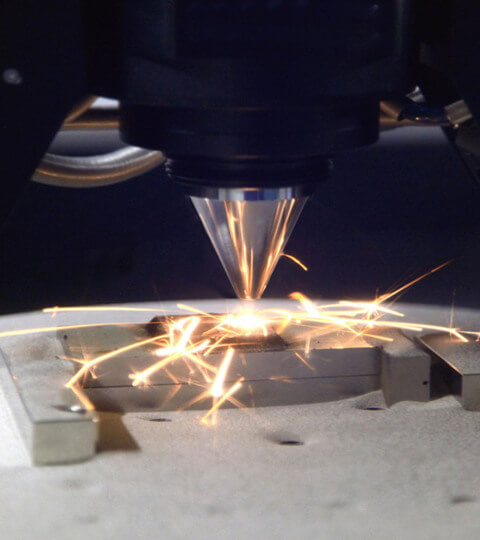EBM Technology
Electron beam melting refers to a vacuum melting method in which the kinetic energy of a high speed electron beam stream is converted to heat as a heat source for melting metals under high vacuum. The abbreviation is EBM.
What is EBM technology
This melting method has the characteristics of high melting temperature, adjustable furnace power and heating speed and good product quality, but there are also problems such as low metal yield, high specific power consumption and the need for melting under high vacuum.
Electron beam melting is not only used for the melting and refining of steel and rare metals, but is also widely used for welding and ceramic material melting and casting.


EBM Technology Process Principle
Under high vacuum conditions, the cathode is heated by the high voltage electric field and emits electrons, which are collected into a beam. The electron beam moves towards the anode at a very high speed under the action of the accelerating voltage and, after passing through the anode, accurately bombards the bottom ingot and the material in the crystallizer under the action of the focusing and deflecting coils, causing the bottom ingot to be melted to form a molten pool and the material to be continuously melted and dripped into the pool, thus realizing the melting process.
The acceleration voltage of the electron beam furnace is generally used at around 30,000 volts, causing a maximum X-ray loss of no more than 0.5%, and the loss of secondary emission electrons will be even less. Therefore the energy of the electron beam is almost entirely converted from electrical energy to kinetic energy and then from kinetic energy to thermal energy.
EBM Technology Process Characteristics
The electron beam melting process is characterized by a high vacuum environment for melting (the melting vacuum is generally between 10 and 10 Pa), the temperature of the melt pool and its distribution can be controlled during melting and the maintenance time of the melt pool can be adjusted within a wide range; the melting is carried out in a water-cooled copper crucible (crystallizer), which effectively prevents the metal liquid from being contaminated by refractory materials. It can therefore be said that electron beam melting provides an indispensable means of refining some metallic materials, especially refractory metals.
Three basic metallurgical reactions in EBM process
01
de-gassing.
Electron beam melting removes hydrogen from most metals, and the removal of hydrogen is easy, generally before the furnace charge is melted clear: due to the high vacuum, the temperature of the melt pool and the time in the liquid state can be controlled, and the denitration effect is also high.
02
Volatilization of metal impurities.
At the electron beam melting temperature, all-metal impurities with a higher vapor pressure than the base metal are removed by volatilization to varying degrees.
03
Removal of non-metallic inclusions.
Oxide and nitride inclusions in the electron beam melting temperature and vacuum, it is possible to decompose [O] and [N] to be removed; [O] can also be removed through the carbon-oxygen reaction; in addition, the bottom-up sequential solidification characteristics of the ingot is also conducive to the floating of non-metallic inclusions.

